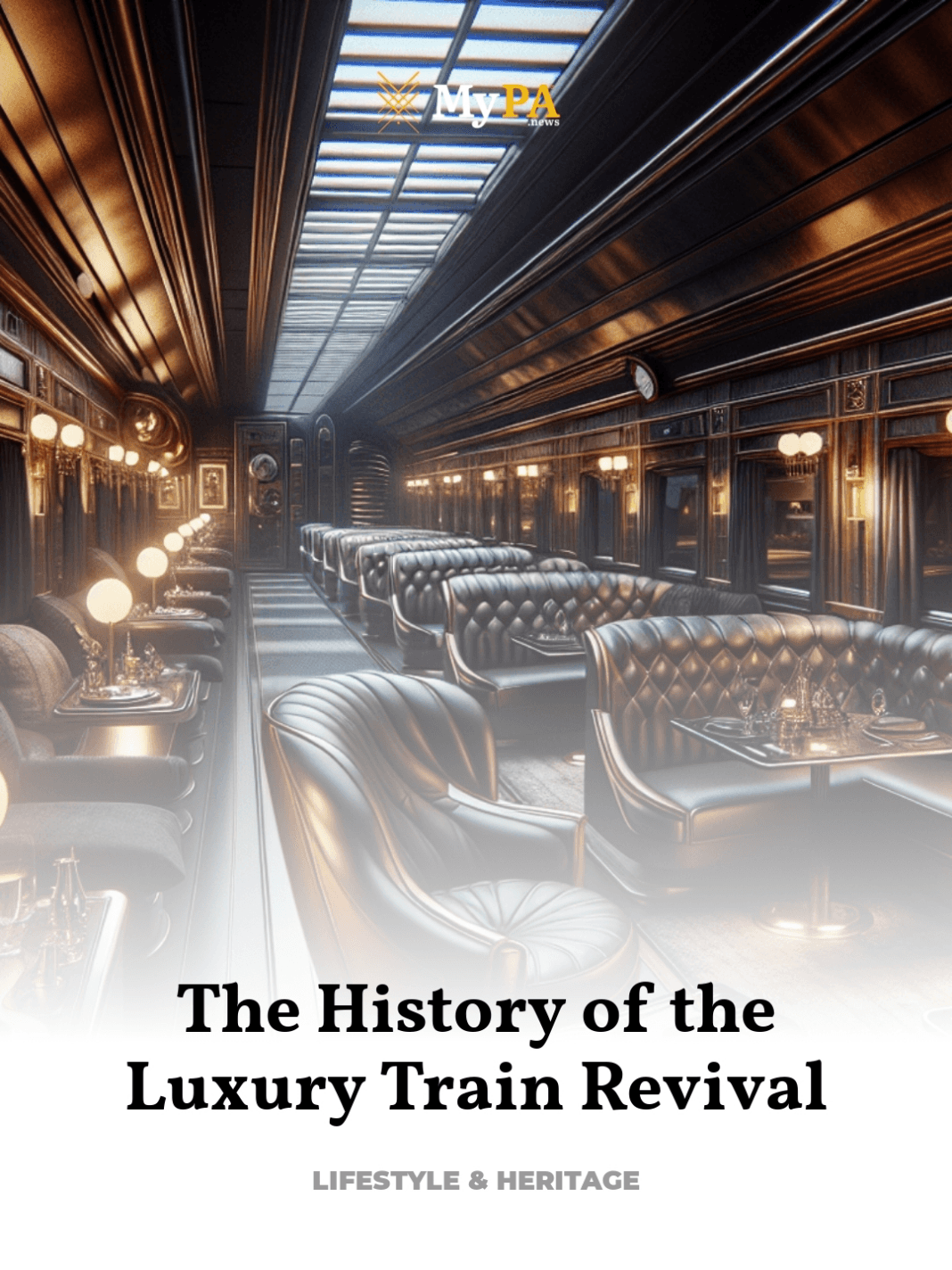How High-End Rail Travel is Making a Glamorous Comeback
The allure of luxury train travel, with its rich heritage and exquisite craftsmanship, is experiencing a renaissance. Once the epitome of high society’s mode of travel, luxury trains are reclaiming their glory, offering unparalleled experiences that blend historical grandeur with modern sophistication.
- The Golden Age of Luxury Train Travel
- Decline and Resurgence
- Modern Luxury Trains Around the World
- Cultural Impact of Luxury Train Travel
- Future Trends in Luxury Train Travel
The Golden Age of Luxury Train Travel
The early 20th century marked the golden age of rail travel. Trains like the Orient Express and the Trans-Siberian Railway didn’t just transport people; they symbolized progress and adventure, wrapped in opulence. The Orient Express, for instance, became legendary for its lavish interiors and the elite clientele it attracted, including royalty, celebrities, and literary figures.
- Orient Express (1883) – Known for its luxurious appointments and international route connecting Paris to Istanbul.
- Trans-Siberian Railway (1916) – Offering a remarkable journey across the vast landscapes of Russia, it combined first-class comfort with the thrill of exploration.
These trains were marvels of engineering and artistry, featuring handcrafted wood paneling, plush upholstery, and fine dining establishments that rivaled the best restaurants in cosmopolitan cities. They were not merely modes of transportation but moving hotels that offered a glimpse into a world of sophistication and glamour.
Decline and Resurgence
Post World War II, the advent of commercial air travel led to a decline in train travel’s popularity. The convenience and speed of airplanes overshadowed the romantic allure of rail journeys. However, by the late 20th century, a renewed interest in unique travel experiences began to surface, leading to the revival of luxury train travel.
Companies like the Venice Simplon-Orient-Express restored vintage carriages, investing in meticulous craftsmanship to recreate the authentic experience of the train’s golden days. This revival was not just about nostalgia but also about offering a travel experience that airplanes could never match—the leisurely enjoyment of the journey itself.
Modern Luxury Trains Around the World
Today, several luxury trains operate globally, each offering a unique window into the cultural and natural heritage of their respective regions. These trains provide state-of-the-art amenities while preserving the romantic spirit of early 20th-century luxury rail travel.
- The Ghan (Australia) – Traverses the continent from north to south, offering views from lush coastlines to rugged outback scenery.
- Rovos Rail (South Africa) – Known as the “Pride of Africa,” it offers journeys across several countries with stops that include safari parks and historical sites.
- The Rocky Mountaineer (Canada) – Travels through some of Canada’s most picturesque landscapes, including the Rocky Mountains, with glass-domed carriages for panoramic viewing.
These trains are not just about luxury but also about immersing passengers in a cultural narrative, offering insights into the history and ecology of the regions they traverse.
Cultural Impact of Luxury Train Travel
Luxury train travel has had a significant cultural impact, influencing literature, film, and the arts. The Orient Express, for example, has been immortalized in Agatha Christie’s “Murder on the Orient Express,” and many films have showcased the train’s mystique, underscoring its cultural significance.
Moreover, these trains often celebrate local crafts and cuisines, providing an immersive experience that highlights the traditions and skills of the regions through which they travel. This not only enriches the passenger’s journey but also supports local artisans and economies.
Future Trends in Luxury Train Travel
The future of luxury train travel looks promising, with an emphasis on sustainable practices and even more personalized services. New technologies are being integrated to ensure that these trains not only offer comfort and style but also adhere to environmental standards.
Moreover, as global travelers seek more meaningful and enriching travel experiences, luxury trains are poised to become even more popular, offering a perfect blend of adventure, luxury, and cultural immersion.
For further reading on the evolution of luxury train travel, explore resources like the Rail Jurnal.



